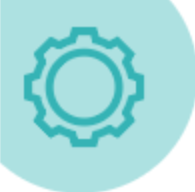Context
The analysis of medical images requires well-trained personnel to ensure a fast and accurate evaluation. Especially in hospitals, where quick decisions must be made, an automated analysis of medical images can efficiently support doctors and radiologists.

Challenges
For the automated analysis and evaluation of medical images, a machine learning (ML) model can be implemented, which processes medical image data to recognize patterns and objects in them, such as tumors or hematomas, that are identified by their colour and shape.
However, there are only a few uniform medical image datasets of good quality and enough labeled images. This causes serious problems for the application of ML models to medical image data, since they require a big amount of data in order to achieve reliable and accurate outcomes, which are quite important for healthcare purposes, where misdiagnosis can have fatal consequences.
Additionally, the decision making process of ML models based on deep neural networks are mostly "black boxes", so the medical personell is not able to validate adequately the results.

Potential solution approaches
Processing medical images for recognizing patterns, can be solved by using convolutional neural networks (CNN), such as an U-Net like fully convolutional network (FCN). Crucially, for coping with the most often small training data sets are multiple augmentation strategies.
For reducing training data and effort even further, pre-trained models for image classification can be used, e.g the VGG16 network, which then are specialized with the specific augmented training data.
In order to account the validation and transperancy probelms of the ML algorithm, a uncertainty score of the output can be calculated.



 Healthcare & Pharma
Healthcare & Pharma

